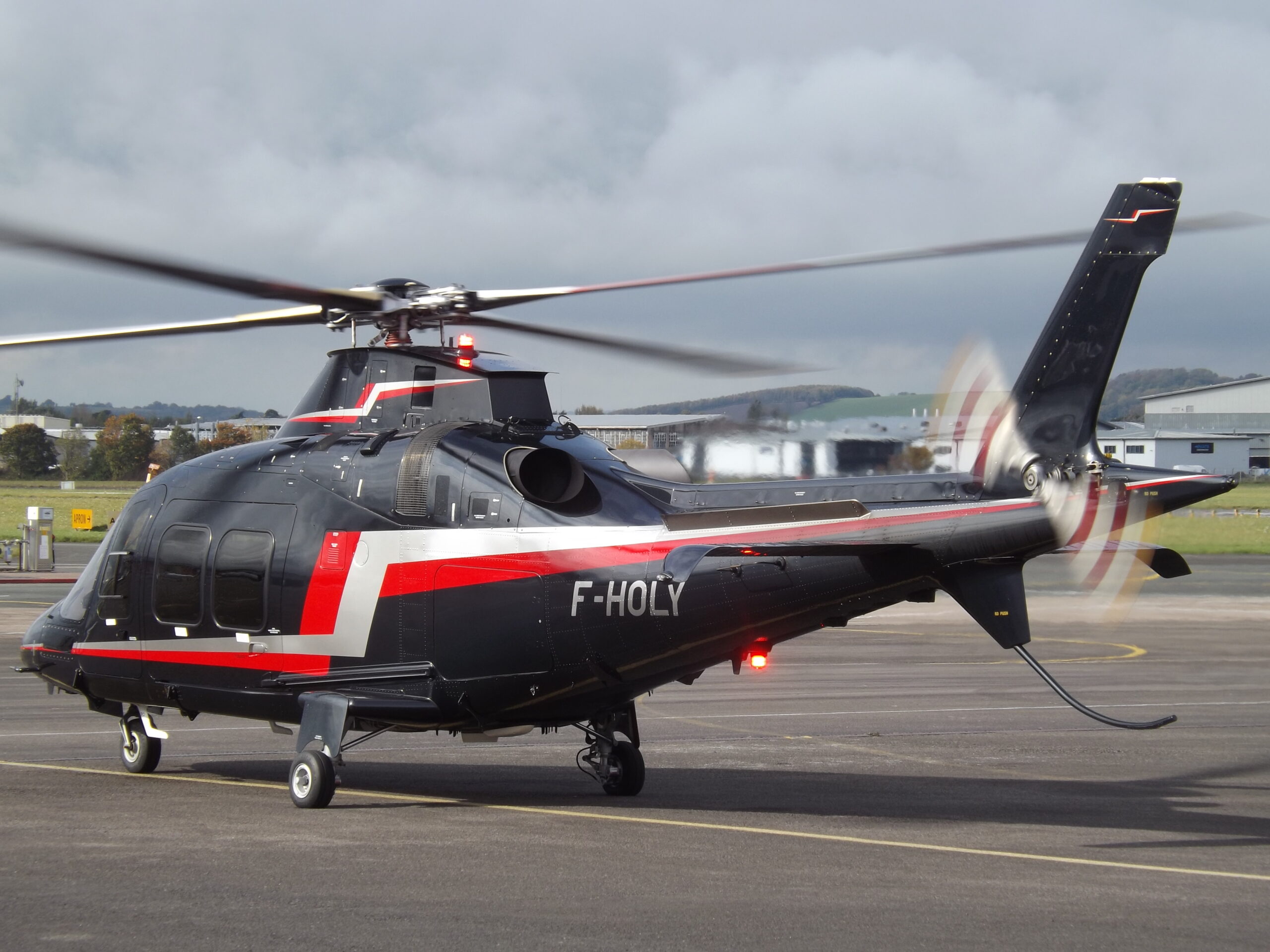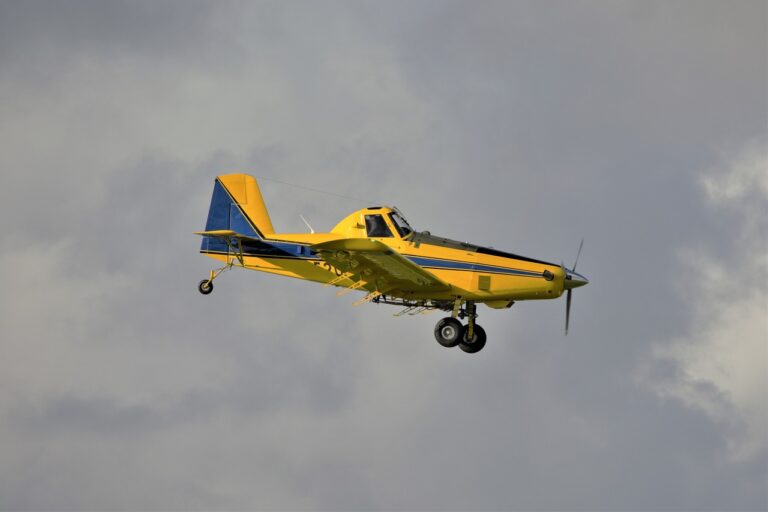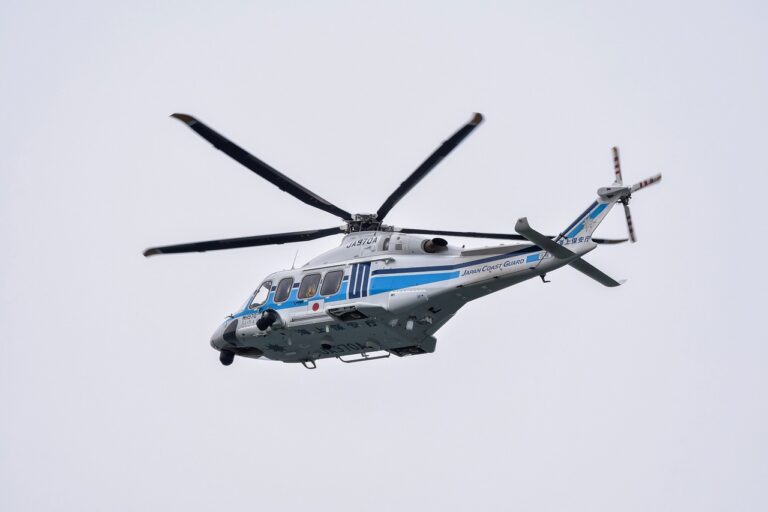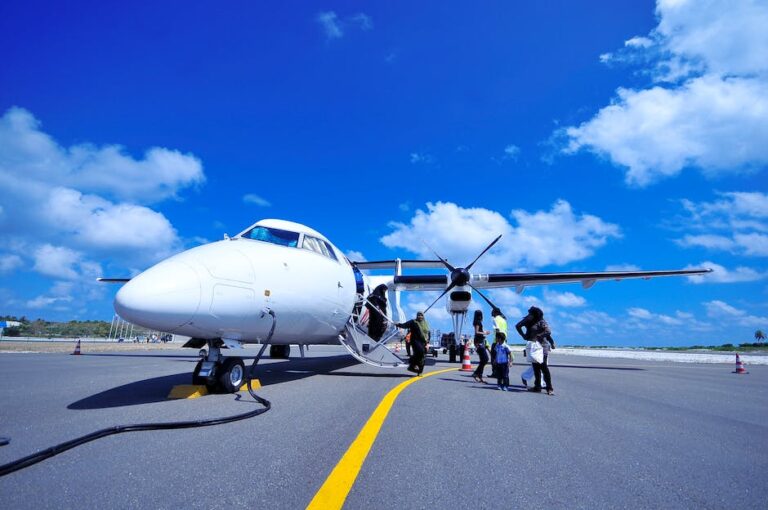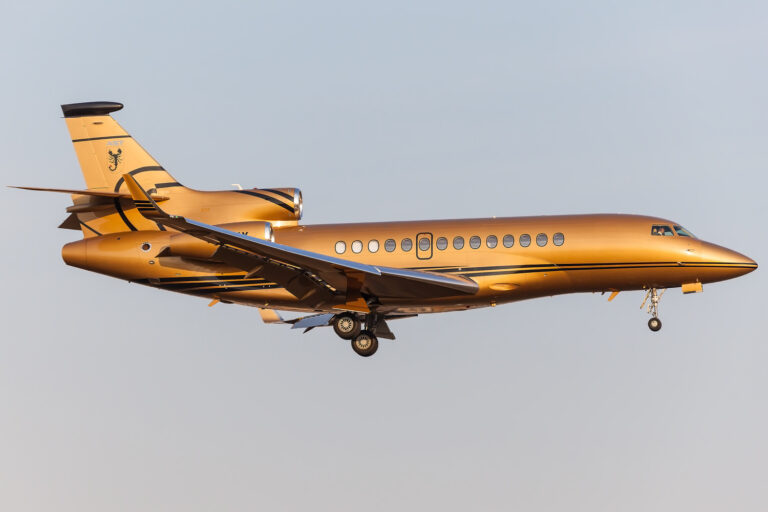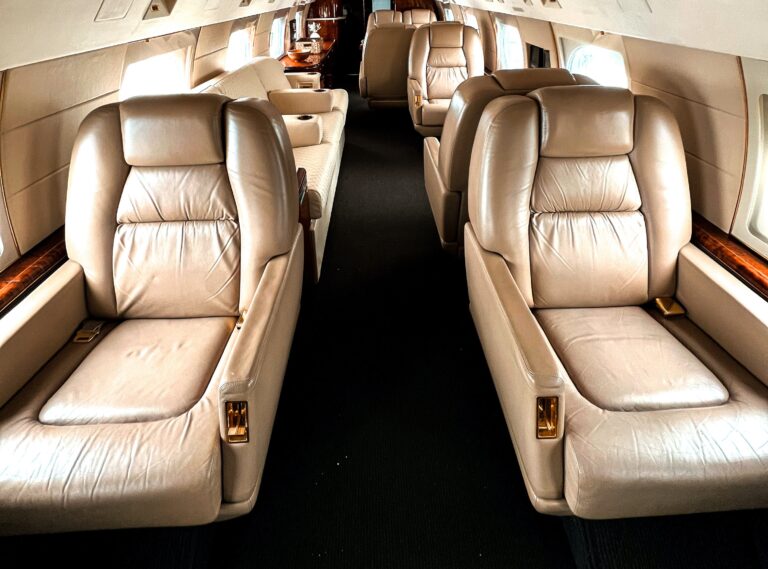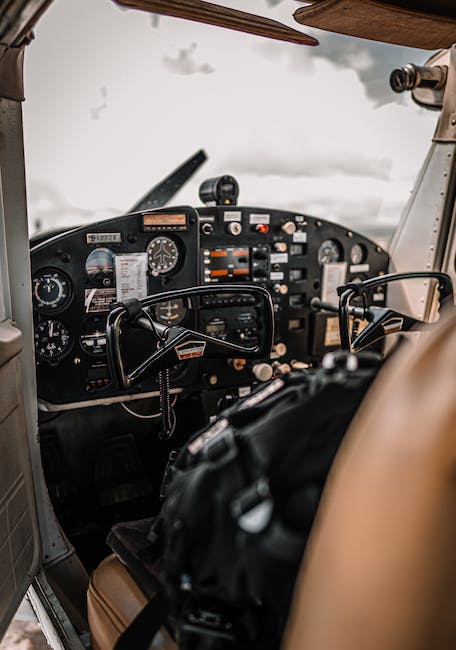Is It Harder to Fly a Helicopter or Airplane
Have you ever wondered which contraption demands more skill from a pilot – a helicopter or an airplane? As the skies continue to captivate our imagination, this age-old question has sparked numerous debates among aviation enthusiasts. So, let’s dive into the heart of the matter, devoid of flowery language or convoluted jargon. In this article, we shall explore the complexity of both flying machines, in order to unravel the enigma: Is it truly harder to fly a helicopter or an airplane? Strap in, because we’re about to embark on an exhilarating journey through the skies, seeking answers where curiosity takes flight.
Table of Contents
- Helicopter vs Airplane: Which Offers a Steeper Learning Curve?
- The Nuances of Flying a Helicopter: Skill, Precision, and Control
- Understanding the Unique Flight Characteristics of an Airplane
- Navigating the Skies: Differences in Helicopter and Airplane Controls
- The Training Journey: What to Expect When Learning to Fly a Helicopter or Airplane
- FAQs
- The Way Forward
Helicopter vs Airplane: Which Offers a Steeper Learning Curve?
When it comes to learning to fly, both helicopters and airplanes present their own unique challenges. They require different skills, offer distinct flight characteristics, and demand varying levels of training and experience. So, which one offers a steeper learning curve? Let’s dive into the key differences between the two:
- Control Complexity: Helicopters have a more intricate control system compared to airplanes. Mastering the manipulation of collective, cyclic, and anti-torque pedals requires precise coordination and fine motor skills. In contrast, airplanes have simpler controls with a yoke or joystick, making them easier to handle.
- Flight Maneuvers: Helicopters can perform unique maneuvers like hovering, autorotation, and vertical takeoffs and landings. These require a high level of spatial awareness, coordination, and precise control. Airplanes, on the other hand, focus more on precision flying with maneuvers such as stalls, steep turns, and crosswind landings.
- Weather Considerations: Helicopters are more vulnerable to adverse weather conditions due to their lower cruising speeds and limited range. Pilots must carefully evaluate wind gusts, turbulence, and low visibility situations. In comparison, airplanes, with their faster speeds, are generally better equipped to handle inclement weather.
Ultimately, the steeper learning curve between helicopters and airplanes depends on individual preferences, aptitude, and goals as a pilot. Both aircraft types have their challenges and rewards, and the answer to which one offers a more demanding learning experience may vary. Whether you’re interested in the unique versatility of helicopters or the precision of airplanes, learning to fly either will undoubtedly provide an exhilarating journey into the world of aviation.
The Nuances of Flying a Helicopter: Skill, Precision, and Control
Flying a helicopter is a complex task that demands a unique set of skills, impeccable precision, and unwavering control. As pilots take to the skies, their mastery of these elements becomes paramount. Skill is the foundation upon which a helicopter pilot’s abilities are built. It encompasses a deep understanding of aerodynamics, aircraft systems, and navigation. With countless hours of training and practice, pilots develop the expertise needed to handle the complex mechanics of a helicopter.
Precision is another crucial aspect of flying a helicopter. Every movement and adjustment must be executed with acute precision to maintain stability in the air. From the delicate manipulation of the collective and cyclic controls to the intricate coordination of pedals, each action influences the helicopter’s altitude, direction, and stability. Pilots must constantly analyze and adapt to changing conditions, accounting for factors such as wind speed, weight distribution, and external variables, to ensure precise flight. The mastery of precision allows for smooth maneuvering and graceful piloting.
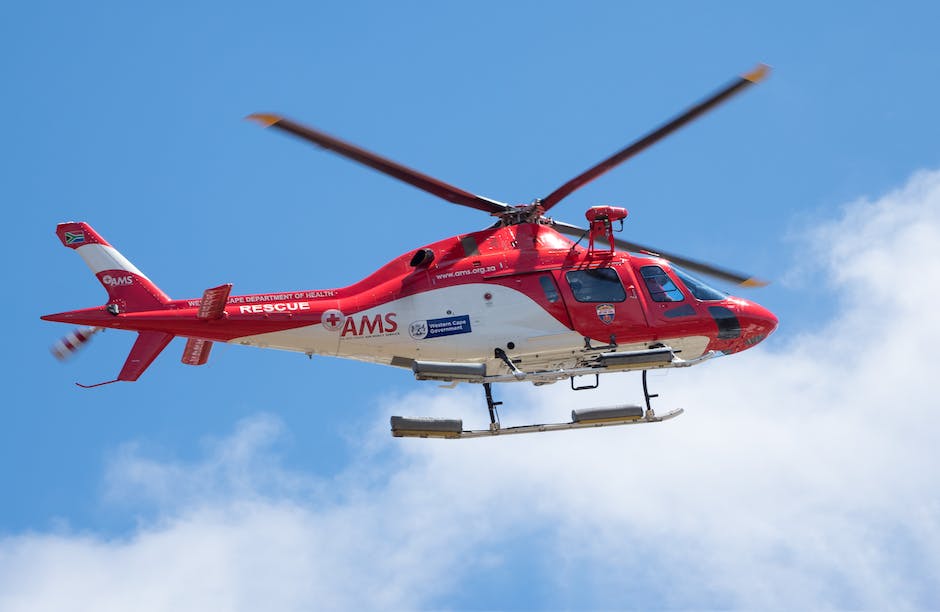
Understanding the Unique Flight Characteristics of an Airplane
Airplanes possess a set of distinctive flight characteristics that make them soar through the skies with grace and efficiency. To comprehend the idiosyncrasies of these remarkable machines, it is crucial to delve into their unique flight attributes. Firstly, airplanes rely on the concept of lift to stay airborne. Through the aerodynamic design of their wings, they generate this upward force by utilizing the Bernoulli’s principle. The shape of the wing, referred to as an airfoil, plays a fundamental role in creating the necessary lift to counteract gravity and allow the aircraft to take flight.
Additionally, airplanes possess an unparalleled ability to maneuver through the air effortlessly. This is primarily achieved through their built-in control surfaces, which allow for precise adjustments in flight attitude. The three main control surfaces are the ailerons, elevators, and rudder. Ailerons, located on the trailing edges of the wings, enable the airplane to roll by increasing lift on one wing and decreasing it on the other. Elevators, found on the tail section, control the aircraft’s pitch, allowing it to climb or descend. Lastly, the rudder, also situated on the tail, controls the yaw, enabling the airplane to turn left or right. Together, these control surfaces empower pilots to navigate the skies with finesse and accuracy.
Navigating the Skies: Differences in Helicopter and Airplane Controls
When it comes to flying through the expansive blue sky, helicopters and airplanes have their unique set of controls that pilots navigate with finesse. While both aircraft serve various purposes, the way they maneuver and handle in the air differs significantly. Let’s take a closer look at the divergences in controls between helicopters and airplanes.
Helicopter Controls:
- Collective: Helicopters feature a collective control that adjusts the pitch of all rotor blades simultaneously, allowing the aircraft to ascend or descend.
- Cyclic: The cyclic control is used to tilt the main rotor in a particular direction, enabling the helicopter to move forward, backward, or sideways.
- Pedals: Helicopter pilots use pedals to control the tail rotor’s direction and adjust the aircraft’s yaw or side-to-side movement.
Airplane Controls:
- Throttle: Airplanes have throttle controls that manage engine power, adjusting the speed and altitude of the aircraft.
- Control Wheel: The control wheel, akin to a steering wheel, is used by pilots to control the airplane’s pitch and roll movements, facilitating climbing, descending, banking, and turning.
- Rudder Pedals: Airplanes also feature rudder pedals, used to control the movement of the rudder located on the tail of the aircraft, allowing for coordination and steady flight.
As you can see, while both helicopters and airplanes serve as marvels of aviation, their control systems vary fundamentally. These distinct controls enable pilots to navigate their respective aircraft with precision, ensuring safe and efficient flights through the vast skies.
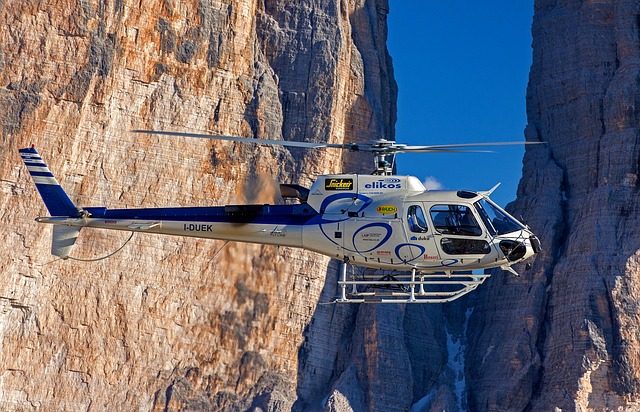
The Training Journey: What to Expect When Learning to Fly a Helicopter or Airplane
Embarking on the exhilarating journey of becoming a helicopter or airplane pilot is an adventure like no other. As you take your first steps into the world of aviation, it’s essential to understand what to expect during your training. Here’s a glimpse into the fascinating path that awaits you:
1. Ground school: Your training will commence with a comprehensive ground school, where you’ll delve into the theoretical aspects of flying. Here, you’ll learn about crucial topics such as aeronautical principles, aircraft systems, meteorology, navigation, and aviation regulations. Be prepared to absorb a wealth of knowledge and pass exams to ensure a solid foundation.
2. Simulator training: Next, you’ll step into the world of flight simulators. These sophisticated machines will allow you to experience the sensation of piloting an aircraft without leaving the ground. Simulators are instrumental in honing your skills, as they simulate various realistic scenarios such as adverse weather conditions, engine failures, and emergencies. This invaluable training will build your confidence and decision-making abilities before taking to the skies for real.
FAQs
Q: Is it harder to fly a helicopter or an airplane?
A: No, they both have their own challenges, but it’s difficult to say one is inherently harder than the other.
Q: What are the main differences between flying a helicopter and an airplane?
A: The biggest difference lies in the way they maneuver. Planes rely on wings for lift and use control surfaces to change direction. Helicopters, on the other hand, have rotary blades that provide lift and can hover or fly in any direction.
Q: Is it more challenging to control a helicopter or an airplane?
A: Controlling a helicopter demands more attention and coordination. Unlike planes, helicopters require simultaneous control of multiple functions, such as throttle, cyclic, collective, and tail rotor. This complexity makes flying a helicopter a bit trickier for beginners.
Q: Do pilots need different skills to fly helicopters and airplanes?
A: Yes, while some skills may overlap, piloting a helicopter requires mastering the unique set of skills associated with vertical flight. This includes understanding rotor dynamics, navigating in confined spaces, and dealing with various environmental factors like wind gusts. On the other hand, airplane pilots must focus on aerodynamics, navigation, and managing a larger and more complex aircraft system.
Q: Are helicopters as safe to fly as airplanes?
A: Statistically speaking, helicopters have a higher accident rate than airplanes. This can be primarily attributed to the complex nature of helicopter operations, such as low-level flying, landing on unprepared surfaces, and conducting missions in challenging environments. However, both helicopters and airplanes undergo rigorous safety procedures and are flown by trained professionals to mitigate risks.
Q: Can someone with airplane flying experience easily switch to flying helicopters?
A: While having aviation knowledge certainly helps, transitioning from fixed-wing airplanes to helicopters requires significant effort and training. Pilots would need to adapt to the unique flight characteristics and mastering helicopter-specific maneuvers. It’s a whole new learning curve, but not impossible.
Q: Which type of aircraft is more popular?
A: Airplanes are generally more ubiquitous and popular due to their versatility and efficiency in long-distance travel. Helicopters, on the other hand, have specialized roles, such as search and rescue, law enforcement, or aerial filming. They are still widely used, but their application is more specific and limited in comparison.
In Conclusion
In conclusion, when it comes to the question of whether flying a helicopter or an airplane is harder, there is no straightforward answer. Both aircraft have their own unique set of challenges and requirements. While helicopters demand greater control and maneuvering skills due to their ability to hover and take off vertically, airplanes require a deeper understanding of aerodynamics and navigation. Ultimately, it all boils down to personal preferences and the level of proficiency a pilot has in operating either aircraft. So whether you choose to soar through the skies in a helicopter or an airplane, the sky’s the limit, and the joy of flying awaits!

